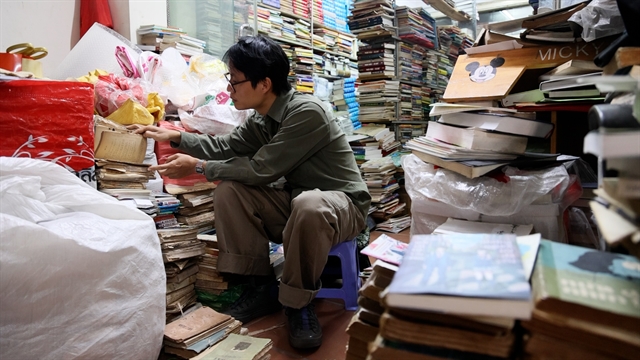 Life & Style
Life & Style

 |
| A goat farm linked to eco-tourism in Khánh Hoà Province. Photo nhandan.vn |
KHÁNH HÒA Prolonged droughts and water scarcity have placed the livestock sector in Việt Nam’s South Central and Central Highlands under severe pressure. As a result, farmers are embracing climate-adaptive livestock models integrated with eco-tourism to safeguard livelihoods and boost incomes.
According to the agriculture authority, the region last year boasted more than 2.46 million head of cattle, nearly six million pigs, 75.3 million poultry, and over 554,000 goats.
To address the challenges posed by climate change, the National Agricultural Extension Centre has rolled out six pilot projects that combine livestock breeding with eco-tourism across various provinces.
One such initiative is being implemented in Khánh Hòa Province from 2023 to 2025, focusing on goat farming integrated with tourism.
The project involves six participating households and has delivered income around 23 per cent higher than traditional farming methods.
As part of the project, farmers have improved their farms by planting timber trees, fruit trees and forage grasses, while restoring degraded hillsides.
These upgrades not only enhance biodiversity but also create a more appealing environment for visitors.
Those households have begun offering homestay service to visitors, including foreign tourists interested in authentic farming experiences.
A notable case is the household of Y Khen. With support and training from agricultural officers, his family has improved livestock care and feed preparation techniques. They now raise 63 goats, cultivate two hectares of fruit trees and have a small fish pond.
Visitors to the farms are offered a variety of experiences, including feeding goats, walking along restored forest trails, tasting fresh fruits, and learning about local ethnic cultures.
These immersive activities not only generate revenue but also help educate tourists about climate-resilient agriculture and sustainable rural development.
Despite these promising results, local farmers continue to face multiple challenges. Persistent drought conditions, erratic rainfall, and disease outbreaks pose serious risks to livestock health and productivity.
Most livestock operations remain small-scale, scattered and lack long-term planning or infrastructure investment.
Many households are still unfamiliar with tourism development and lack professional service skills, making it difficult to attract and retain visitors. Connections between farming households and travel companies remain weak, and several localities have yet to develop clear plans for integrating agriculture with tourism.
To ensure success, experts recommend that livestock farms adhere to strict biosecurity measures, improve waste treatment systems and follow hygiene standards.
They also emphasise the need to develop tourism models that reflect local culture and environmental characteristics, making them distinctive and competitive.
In the long term, integrated models must combine economic viability with environmental sustainability. Authorities have called for a shift towards circular production systems, reduced emissions, and low-carbon tourism.
Farm-stay experiences and eco-tourism packages based on local livestock products and ethnic traditions are among the approaches being considered.
The projects also promote deeper cooperation among farmers, cooperatives, and local businesses to improve product quality and expand market access. This coordinated approach is seen as essential for scaling up the models and replicating them in other drought-affected areas.
By enhancing resilience and diversifying income, livestock breeding models linked with eco-tourism offer a new direction for rural communities facing climate pressures.
With adequate support from technical agencies and proper policy guidance, these models could become a sustainable pathway for agricultural transformation and rural tourism in the coming years. VNS